Buffets are a diner’s paradise with various dishes to satisfy every craving. However, some establishments use subtle tactics to ensure they come out ahead beneath the tempting array of options. These methods influence your choices and appetite, which leads you to consume less of the pricier options. How about we uncover these sneaky strategies so you can navigate your next buffet with your taste buds and wallet in mind?
Time Limits Make You Rush

The promise of unlimited food sounds tempting, but buffets know a ticking clock forces people to eat fast and leave. A strict dining time makes customers feel pressured to load their plates and eat quickly instead of enjoying expensive items. Rushed diners feel full faster, so they spend less time returning for premium foods.
Cheap Carbs Fill You Fast
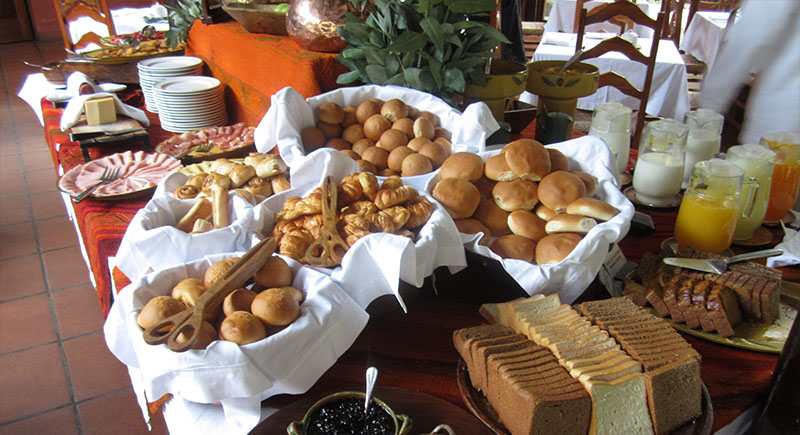
Endless bread, pasta, and rice may look like a generous spread, but these foods are cheap and designed to fill stomachs. Buffets make sure these options are always available because guests who are full take fewer expensive meats and seafood. The longer it takes diners to feel hungry again, the less likely they are to eat high-cost items.
Expensive Dishes Are Always Last
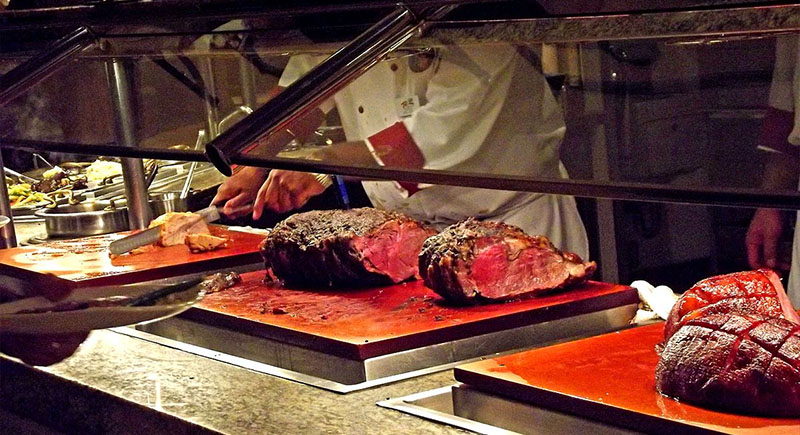
Walking into a buffet feels exciting until you realize every high-quality dish is placed away from the entrance. The first few stations offer low-cost foods, so people unknowingly load up before reaching premium options like steak or shrimp. By the time guests make it to the expensive dishes, there’s barely any space left on the plate.
Plates Are Too Small
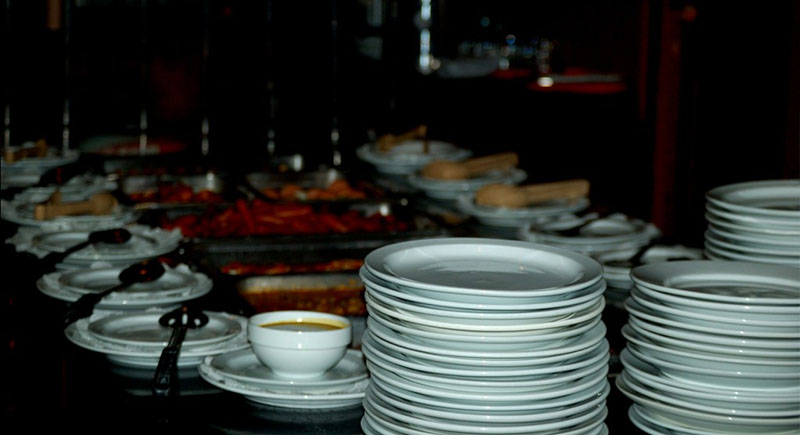
Nothing stops guests from piling on food quite like tiny plates that make multiple trips feel like too much effort. Buffets don’t want people stacking up expensive meats or seafood, so they provide small dishes that hold enough to be inconvenient. Since most diners won’t want to get up repeatedly, they eat less expensive food.
Ingredients Aren’t High Quality
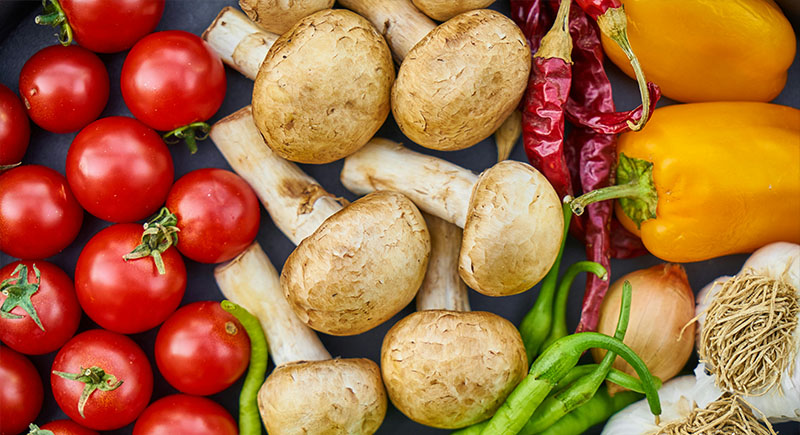
Fresh-sounding dishes might not be as premium as they appear because buffets often swap real ingredients for cheaper substitutes. Restaurants use imitation seafood, processed cheese, and lower-grade meats to keep costs low while still offering seemingly impressive meals. Diners think they’re getting a great deal but end up paying full price for lower-quality ingredients.
Strong Seasoning Hides the Truth
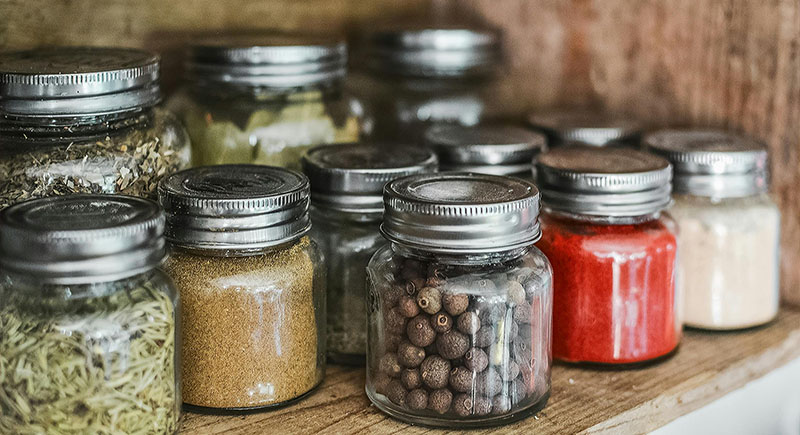
Buffets use heavy seasoning to cover up bland or low-quality ingredients that would otherwise stand out. Cheap cuts of meat taste better when they’re drowned in sauce, while overcooked vegetables seem more appetizing when covered in butter. Extra salt also makes diners thirsty, which leads to more drink purchases.
High-Demand Foods Disappear Fast
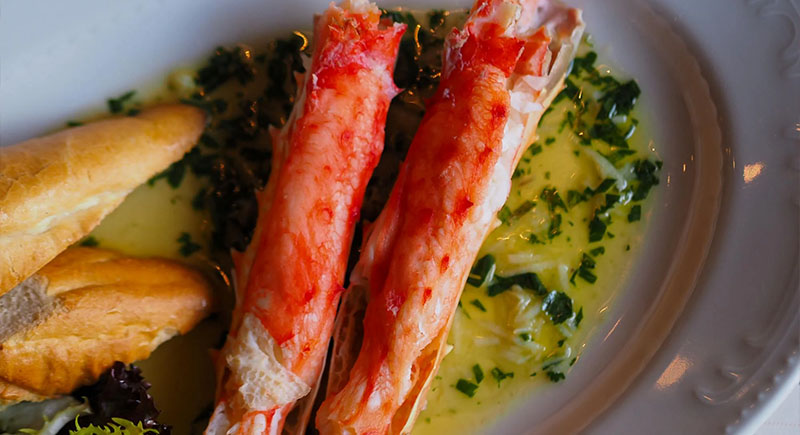
Crab legs and steak may be on the menu, but getting them is a different story when buffets restock them in tiny amounts. Popular dishes vanish almost immediately because restaurants serve them sparingly and in small batches. Guests hoping for multiple servings of expensive food leave disappointed because these items are rarely available for long.
Serving Utensils Control Portions
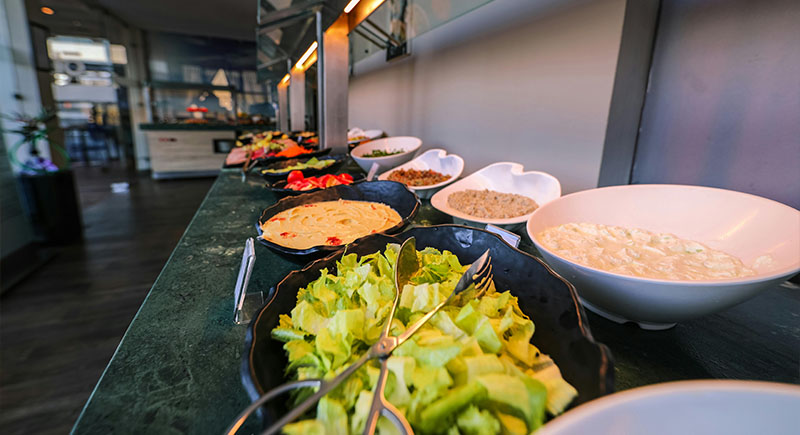
Buffets don’t stop guests from eating premium dishes, but they ensure that serving utensils keep portions frustratingly small. A carving station might have a dull knife, so guests struggle to cut a reasonable piece of meat. Ice cream stations use tiny scoops, so people take less than they want without realizing how much the buffet saves.
Dim Lighting Hides Food Issues
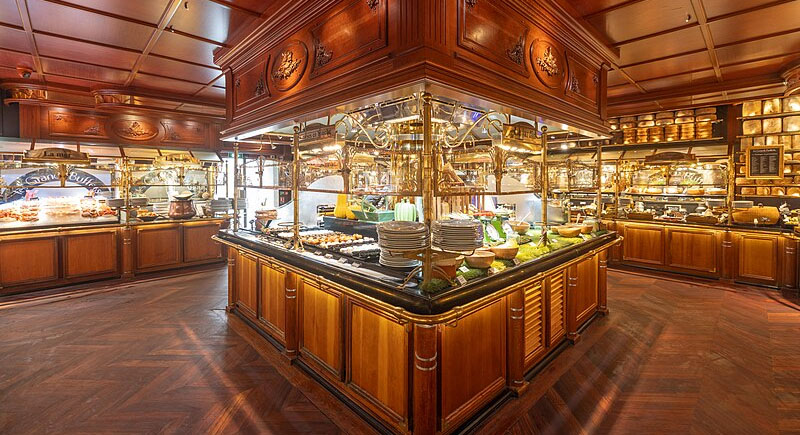
Low lighting is a sneaky way to keep guests from noticing lousy food quality. Meats look juicier when the lights are soft, while dry or overcooked dishes don’t seem as unappetizing in the shadows. Customers don’t always realize something is off until they bite and it’s too late.
Yesterday’s Food Becomes Today’s Special
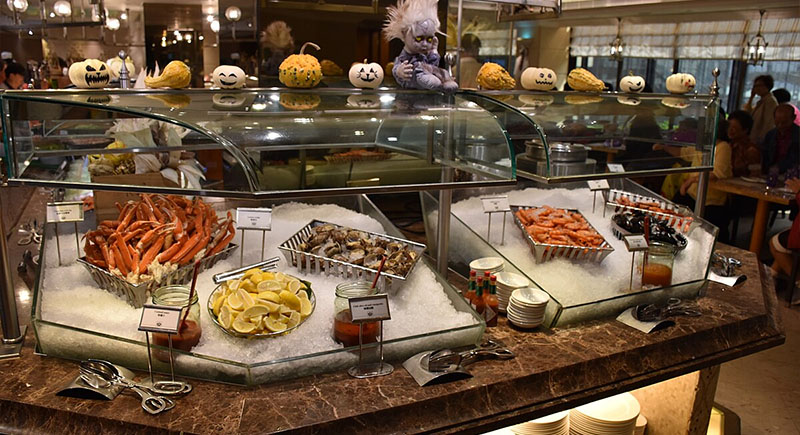
Restaurants waste nothing, so leftovers from one day often show up in different forms the next without anyone realizing it. Extra meat gets chopped into stews, while yesterday’s rice becomes fried rice with a little sauce.
Drinks Are Always Extra
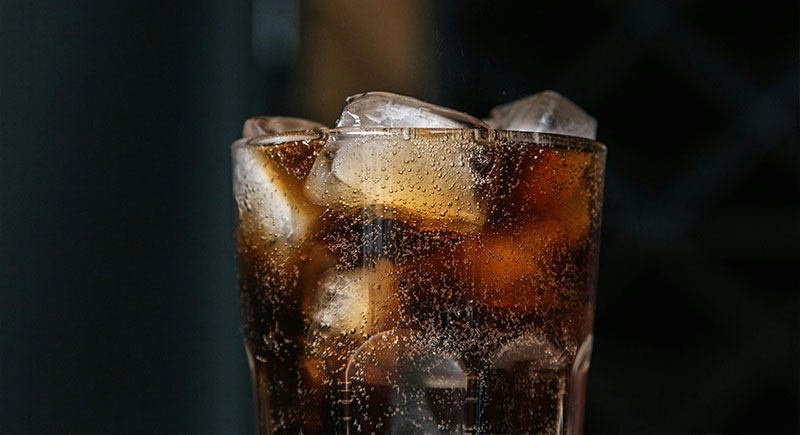
The real profits come from charging extra for drinks that feel necessary. Salty foods make people thirsty, while soda prices are high enough to balance out any food savings. Customers who expect a cheap meal spend more because they can’t eat all that food without something to drink.
Promotions Hide the Fine Print
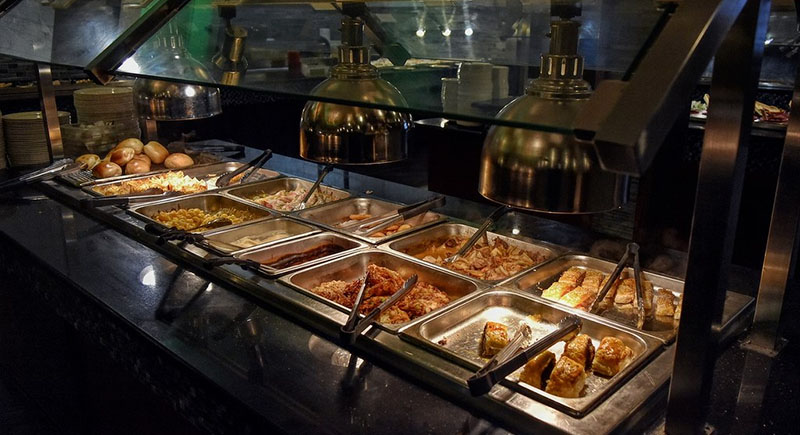
Discounts usually come with fewer options or smaller portions. A weekday lunch offer might not include seafood, while a coupon might limit how much steak someone can take. You’d walk in expecting unlimited options but leave after realizing you didn’t get the whole experience.
Limited Tables Speed Up Eating
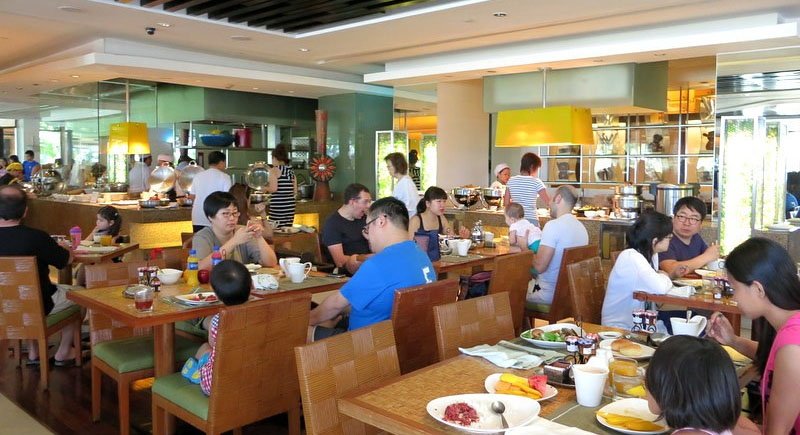
Crowded dining areas don’t always mean a buffet is busy because some places limit seating to keep guests moving. People eat faster when they see others waiting, so they leave sooner than planned instead of returning for more food. Restaurants turn tables quickly, meaning fewer refills on expensive dishes and more paying customers daily.
Bright Colors and Tempting Smells
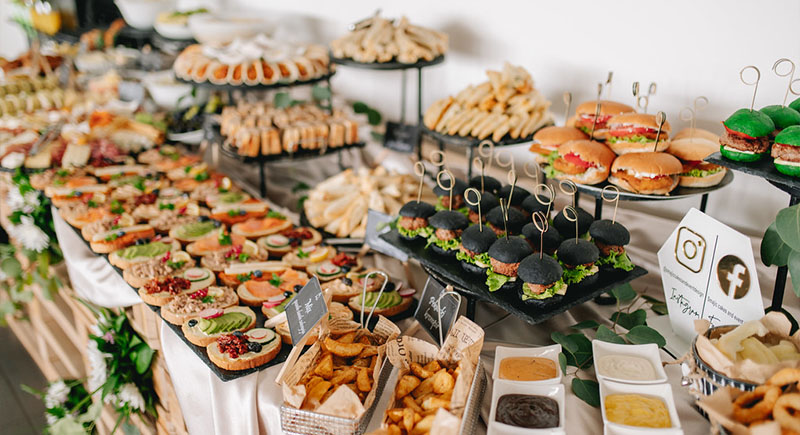
Restaurants know that the right colors and aromas make food impossible to resist, so buffets use this to their advantage. Brightly colored dishes like glazed meats and saucy pasta get prime placement, while simple expensive items like grilled fish stay in the background. Strong food smells guide customers toward high-margin options while making cheap dishes seem more exciting.